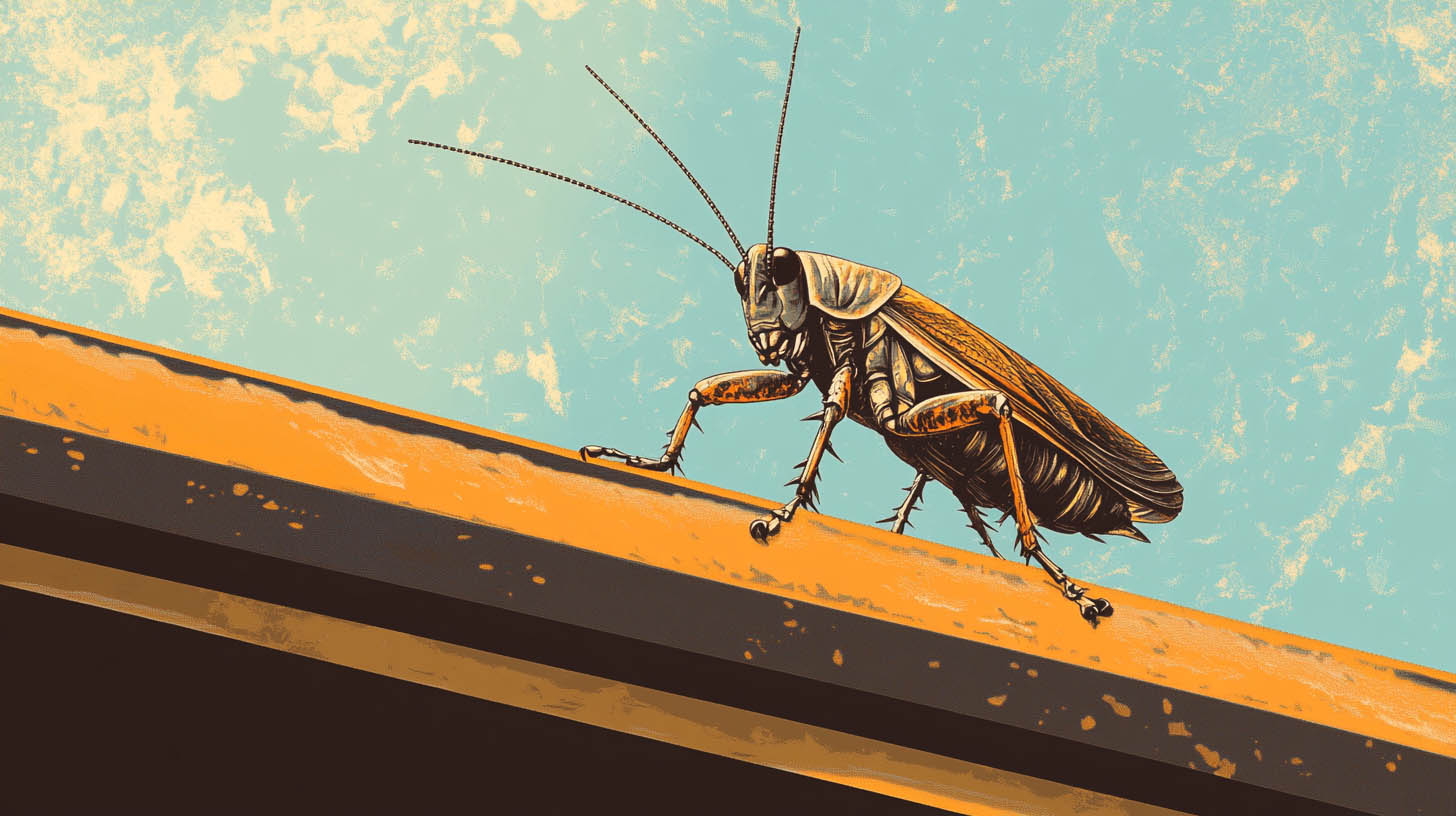
A roof cricket is a small, peaked structure installed on the high side of a chimney or roof penetration. Its primary purpose is to redirect water, preventing pooling and leaks around vulnerable areas like chimneys or skylights. Professional installation by companies like Rainstoppers Roofing ensures your roof cricket functions effectively and blends seamlessly with your roof.
The Role of a Roof Cricket
Water Redirection: A roof cricket prevents water from pooling behind chimneys or skylights by guiding it to the roof’s drainage system. This reduces the risk of water seepage and structural damage.
Protecting Vulnerable Areas: Roof crickets safeguard low points in your roof where water naturally collects, such as around chimneys or HVAC units.
Types of Roof Crickets
- Chimney Crickets: Designed specifically for chimneys, these structures are essential for wide chimneys that block water flow.
- Other Roof Crickets: Used for skylights, dormers, and HVAC units, their design varies based on the location and size of the penetration.
When Is a Roof Cricket Necessary?
Building Codes: Many areas require roof crickets for chimneys over 30 inches wide. For instance, the 2021 International Residential Code mandates crickets on such chimneys.
Roof Pitch: On steep roofs, water drains quickly, but flatter surfaces benefit greatly from crickets to prevent pooling.
Installation and Maintenance
Professional Installation: Proper installation requires precise measurements and seamless integration with the roof. Hiring experienced professionals ensures long-lasting performance.
Regular Inspections: Like any roof component, crickets need periodic checks for wear, cracks, or debris. Addressing issues promptly extends their lifespan.
Unique Fact: The installation of a roof cricket can prevent up to 90% of chimney-related leaks, highlighting its importance in protecting your home.
FAQs
1. How much does a roof cricket cost? Costs vary based on materials and complexity but typically range between $300 and $1,000.
2. Are roof crickets mandatory for all roofs? No, but building codes often require them for larger chimneys or flatter roof pitches.
3. What materials are used for roof crickets? They are commonly made from shingles, metal (galvanized steel or aluminum), or other roofing materials that match the existing roof.
4. How often should a roof cricket be inspected? Annual inspections or after severe weather events are recommended to ensure proper function.
5. Can a roof cricket be added to an existing roof? Yes, but professional installation is crucial for proper alignment and sealing.
A roof cricket is a small investment with significant benefits, protecting your home from leaks and costly water damage. Trusting professionals like Rainstoppers Roofing ensures a durable and effective installation that safeguards your property for years to come.If you want to read a blog about cedar shakes vs. shingles and understanding the differences, click here.
